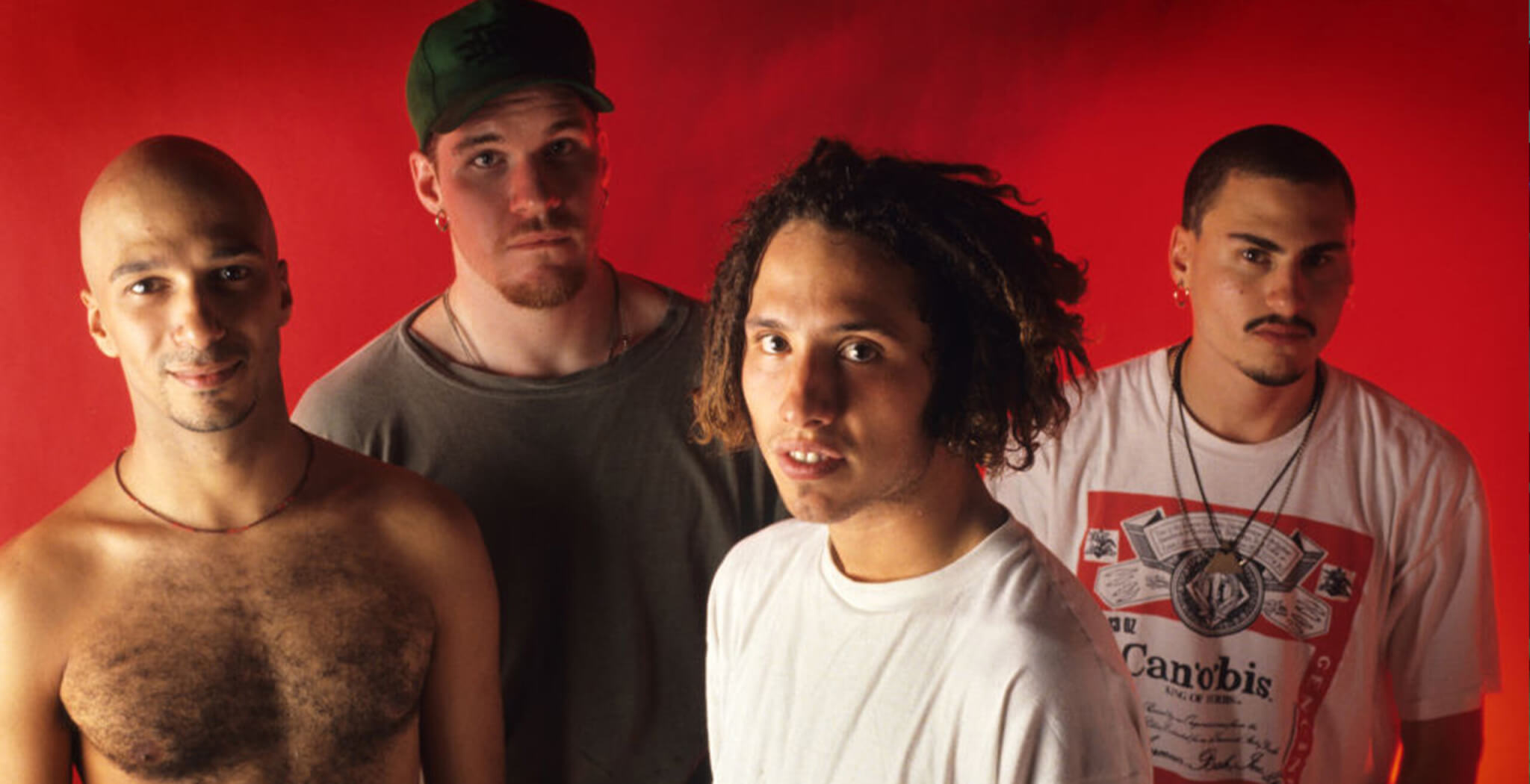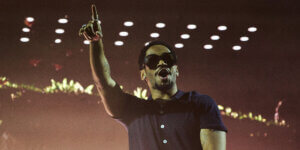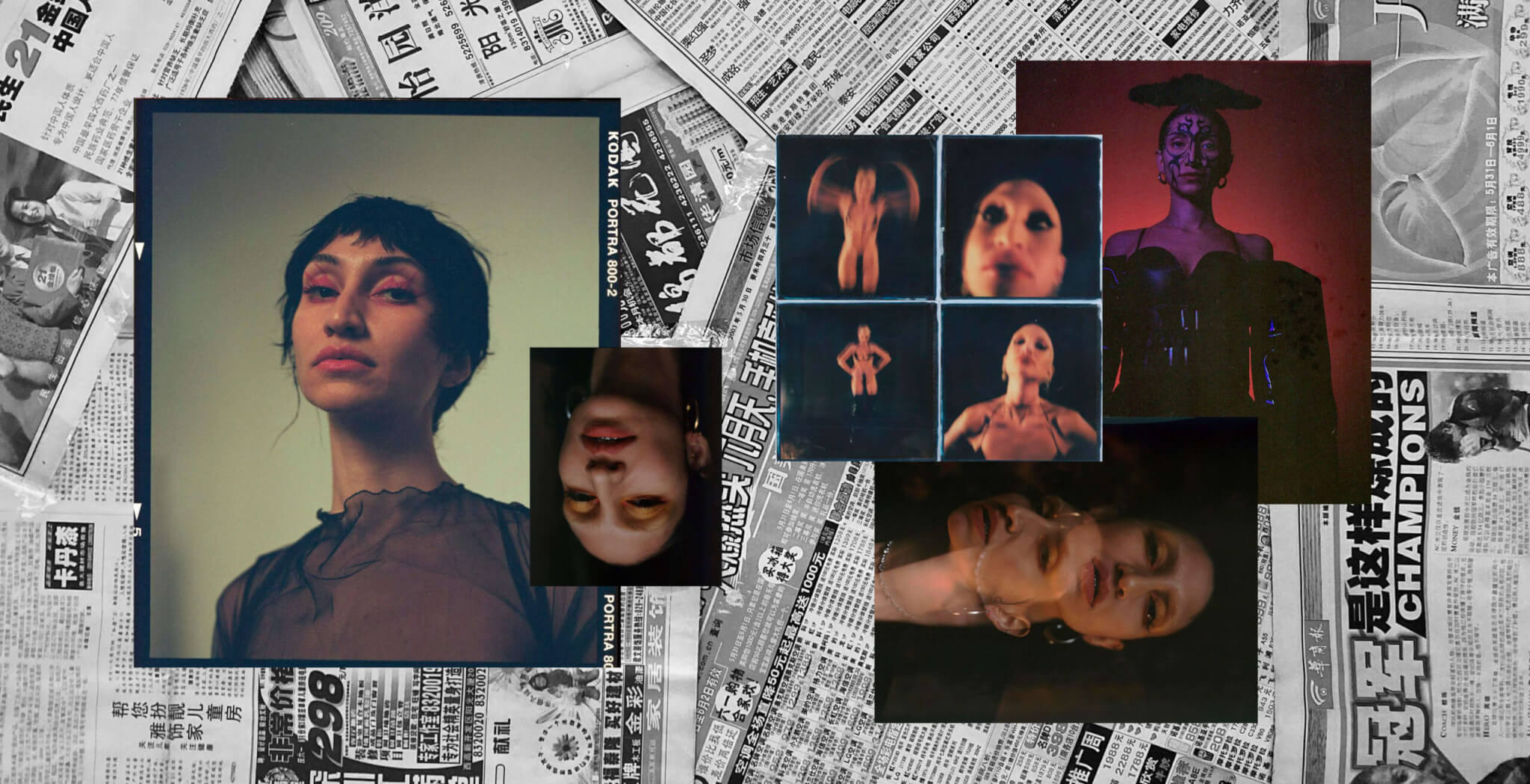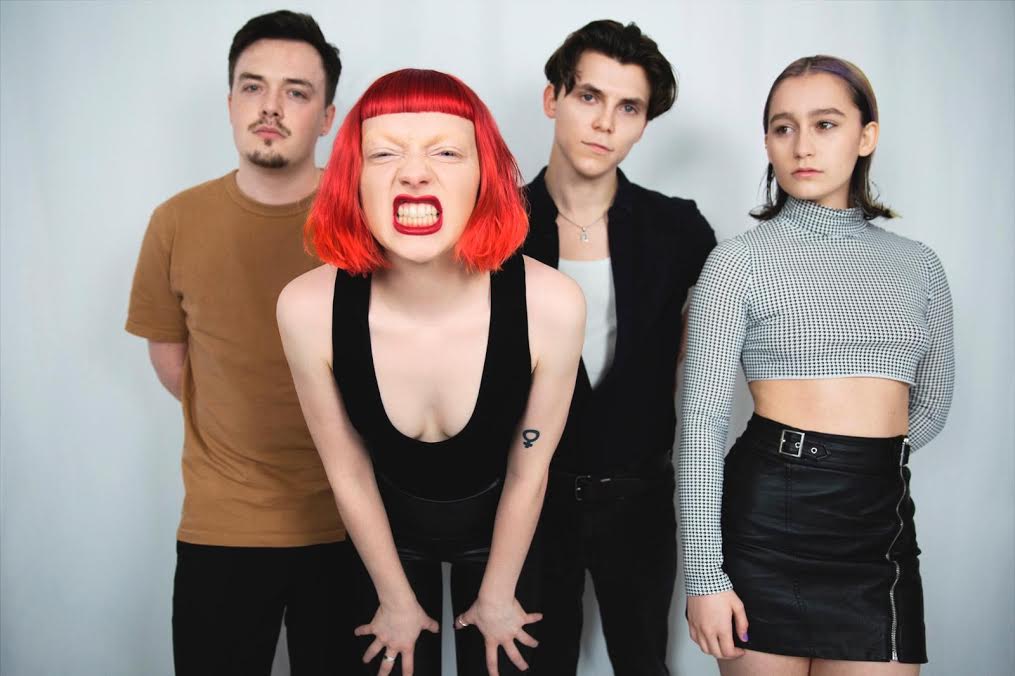TBT: RAGE AGAINST THE MACHINE
Some of those who work forces/
are the same that burn crosses/
Some of those who work forces/
are the same that burn crosses/
Some of those who work forces/
are the same that burn crosses/
…
Fuck you, I won’t do what you tell me!
Fuck you, I won’t do what you tell me!
Fuck you, I won’t do what you tell me!
Fuck you, I won’t do what you tell me!
Motherfucker!
(Killing in the Name)
“Rage against the Machine“ was founded in 1991 in Los Angeles, California.
Though never initiated into the Rock & Roll Hall of Fame, they are seen as on the biggest bands of the 90s and 2000s, not only because of their their merger of rap-style lyrics and hardcore-influenced rock music.
Their unique fusion of rap-style lyrics and hardcore-influenced rock music sets them apart. What truly distinguishes them is their unabashedly political stance, which permeates all of their work.
The band consists of vocalist Zack de la Rocha, guitarist Tom Morello, drummer Brad Wilk, and bassist Tim Commerford. They released their self-titled debut album in 1992, featuring songs like “Killing in the Name” and “Bombtrack.” Despite their open left-wing political views and controversial album cover, which featured a shocking photo of a Buddhist monk self-immolating and Che Guevara’s iconic face on the single cover of “Bombtrack,” the album reached triple platinum. Perhaps it was even because of their provocative artwork.“
The music video for “Bombtrack” showcased the band performing in a cage, interspersed with archive footage of Peruvian Maoist terrorist Abimael Guzman and his organization, The Shining Path.
Or maybe even because of that…
The music video for said song featured the band performing in a cage intercut with archive footage of Peruvian Maoist terrorist Abimael Guzman and his organization The Shining Path.
De la Rocha, who has Mexican-American heritage, considers the band a platform for their social activism and beliefs. The band has consistently voiced support for the EZLN (Zapatista Army of National Liberation), a guerrilla army representing marginalized indigenous communities in Chiapas, Mexico. They have made trips to meet with EZLN leaders, featured their flag in their graphics, and included interviews with their leaders in their DVDs.
So now I’m rolling down Rodeo with a shotgun/
These people ain’t seen a brown skin man/
Since their grandparents bought one/
(Down Rodeo)
Their second album, “Evil Empire,” was released in 1996. Prior to the LP release, they teased fans with a special 7″ vinyl sent exclusively to members of their fan club. It included a live version of their cover of N.W.A.’s “Fuck the Police,” recorded at a benefit concert for incarcerated Black Panther activist Mumia Abu Jamal. The album’s third single, “Down Rodeo,” was inspired by the 1992 Rodney King Riots in Los Angeles. “Evil Empire” achieved tremendous success, debuting at No. 1 on the Billboard charts and attaining triple platinum status.
It has to start somewhere
It has to start sometime
What better place than here?
What better place than now?
(Guerilla Radio)
Three years later, in 1999, they released their third studio album, “Battle of Los Angeles,” with the title alluding to the band’s hometown. The album’s second single, “Sleep Now in the Fire,” had a music video directed by Michael Moore.
The second single “Sleep now in the Fire“ was released with an accompanying music video by director Michael Moore, who would later on gain international acclaim for his documentaries “Bowling for Columbine“ about the Columbine High School Massacre or “Fahrenheit 9/11“.
The music video was filmed in front of the New York Stock Exchange at Wall Street with the band performing in front of hundreds of onlookers. The only direction by Moore was “No matter what happens, don’t stop playing“. It ended up with Moore being handcuffed by police.
The clip opens with a photo of then mayor of New York Rudy Giuliani and among the crowd of onlookers you can see a man holding a “Donald Trump for President“ sign. Very foreshadowing.
Included are also scenes of a “Who wants to be a Millionaire“-type gameshow. The questions asked are not your typical trivia, but more something like “How many Americans have no Health Care – 45mio / a few old people“ or “Women make… – 30% less money than men / Babies“.
Only one year later they decided to release a cover album named “Renegades“. Their covers included songs by Bob Dylan, EPMD, Minor Threat, The Rolling Stones, Cypress Hill and many other musicians favored by the band.
The video clip for the Afrika Bambaataa cover song “Renegades of Funk” is a montage of funk and hip hop musicians intercut with brief cuts of the civil rights movement.
In the video mentioned “renegades“ include: Chief Sitting Bull, Martin Luther King, Malcolm X, Muhammad Ali, Richard Prior, Gil-Scott Heron, Pariament Funkadelic, DJ Kool Herc, Che Guevara, Nat Turner, Huey Newton, Mumia Abu Jamal, Leonard Peltier, LL Cool J. A clear display of the musical roots of the band.
In 2000, Rage against the Machine released a cover album titled “Renegades,” featuring songs by Bob Dylan, EPMD, Minor Threat, The Rolling Stones, Cypress Hill, and other influential musicians. The music video for their cover of Afrika Bambaataa’s “Renegades of Funk” showcased funk and hip-hop musicians, interspersed with brief clips of the civil rights movement.
Following an incident at the 2000 MTV Video Music Awards where Commerford stormed the stage, de la Rocha left the band. Plans were made for B-Real, the lead rapper of Cypress Hill, to replace him as the new frontman, but those plans fell through. Morello, Wilk, and Commerford continued playing together and formed the band Audioslave with singer Chris Cornell from Soundgarden.
Soon after Morello, Wilk and Commerford continued playing together and recruited singer Chris Cornell of Soundgarden to form their new band – Audioslave.
With the advent of the George W. Bush era, marked by the 9/11 attacks and the subsequent “War on Terror,” political music faced backlash, resulting in the banning of all Rage against the Machine songs from radio play. Morello embarked on a solo career following his success with Audioslave, while de la Rocha collaborated with musicians like DJ Shadow, The Roots, and Trent Reznor, though they have yet to release a new album. Throughout the years, Rage against the Machine continued to perform at various festivals and tours but has not released any albums since “Renegades” in 2000.
Throughout their career, the band has consistently paid homage to the musicians who influenced them, spanning the realms of hip hop, punk rock, and crossover genres. They have been classified as rap metal, rap rock, and alternative rock, but the most fitting description for their incendiary blend of rock, hip hop, and politically charged music is “a molotov cocktail of fiercely polemical rock, hip hop, and thrash music, with impassioned leftist critiques against corporate America, cultural imperialism, and government oppression.” And their music undeniably sounds incredible.
“Rage against the Machine” was formed in Los Angeles in 1991 and quickly rose to prominence as one of the most influential bands of the 90s and 2000s. Their blend of rap-style lyrics and hardcore-influenced rock music, combined with their unapologetic political stance, set them apart from their peers. Despite challenges and lineup changes over the years, their impact on music and social activism remains enduring.



























